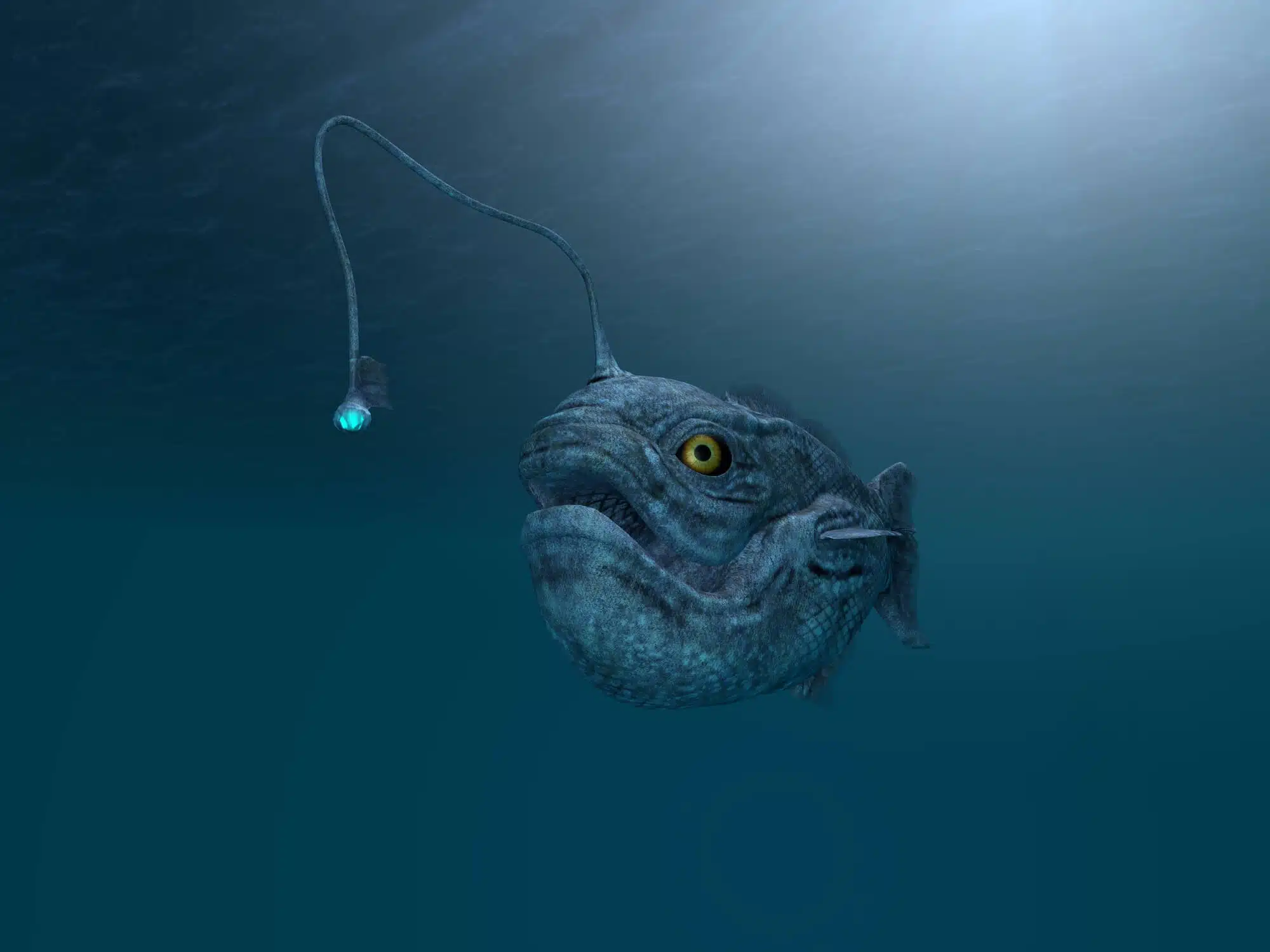Geneticists have discovered a whole genome duplication event that occurred in the past in the common ancestor of sturgeons and paddlefish that may have helped them during the mass extinction 200 million years ago

Geneticists have made a significant discovery about the early history of sturgeons and paddlefish that has profound implications for our understanding of evolution. They discovered a hidden instance of "whole genome duplication" in the common ancestor of these two species, an event that likely allowed for genetic variations that may have given an advantage in a severe mass extinction event that occurred about two hundred million years ago.
Taken together, the finding hints at the possibility that there are many undiscovered shared whole-genome duplications in other species that preceded periods of drastic environmental upheaval throughout Earth's tumultuous history.
The research, led by Professor Aoife McLysaght and Dr. Anthony Redmond from the School of Genetics and Microbiology of Trinity College Dublin, has just been published in the leading international journal Nature Communications.
Professor Ife McLeasey said: "Whole genome duplication is exactly what it sounds like - a fascinating evolutionary event where an entire genome is copied and pasted so that the genetic material of a species is suddenly double what it was before. Most species, like us, are "diploid" - having pairs of chromosomes, one from each parent - after duplicating an entire genome, everything exists in four copies. It actually provides a lot of raw material for mutations to occur - and evolution. Eventually the genome of a species will return to the typical pairs through a process called re-diploidization.
"Whole genome replication and rediploidization have been known for a long time, but what is new and exciting is that we have shown that the length of time it takes to complete the second part of the process is very important. In this case it was very, very long - so long that certain gene duplications appear to be species specific, occurring after the two species diverged in the tree of life.
"As a result, the original ancient whole-genome duplication that occurred before the species diverged has not been observed until now. We believe that the same thing may have happened in the lineages of many other species and this is important because of the possibility that it created genomic conditions that helped species survive mass extinctions."
Genetically, in sturgeons and oarfish there is evidence of shared and non-shared whole genome duplications that themselves resulted from the ancient duplication, which occurred a little more than 250 million years ago, i.e. shortly before the Perm-Triassic mass extinction that destroyed more than half of the families of all living things.
This seems to add weight to the theory that whole genome duplication events give species more evolutionary scope - more genetic material means more ability to change at a given time, and this increases the chance of gaining an advantage in dealing with difficult or changing environmental conditions. There is clear evidence for this in the re-diploidization period that coincided with the Triassic-Jurassic mass extinction about two hundred million years ago.
Dr. Anthony Redmond said: "It is clearly known that multiple whole genome duplication events occurred in our early vertebrate ancestors and shaped the environment of our modern human genome."
"Our findings are exciting because in addition to information about the evolution of the genome of the sturgeon and oarfish, they provide a comparative snapshot of how the genome and replicated genes of our vertebrate ancestors evolved after these replication events."

One response
Common in many plants.